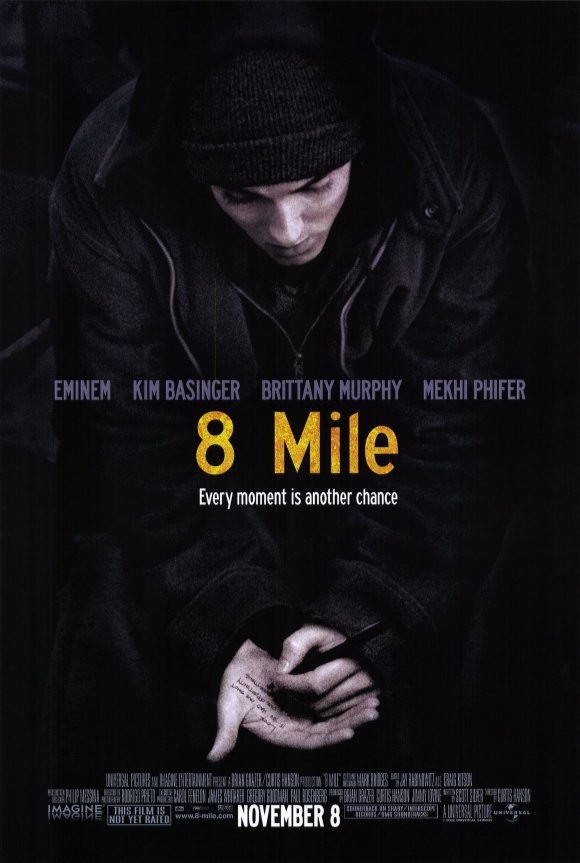1. When is an
image a Portrait? When is it a fashion photograph? Are the two the Same?
A portrait and a fashion photograph are not the same thing. What’s
the difference? An image is a portrait when the photographer is concentrating
on someone’s face for example, you can get a self-portrait which is an image of
your personal face where you have taken it yourself, whereas a portrait in
general is a photo of anyone's face other than your own. This is different to a
fashion photograph - a fashion photograph is where, even though they have
put make-up on the persons face in order to make their facial area look
idyllic, the image has to focus on the clothes and the fashion garments that
the model is wearing as that is what they are trying to advertise, so if they
concentrate on the face too much then that would become the centre on attention
rather than the fashion being the main priority.
2. To
what degree should an image be manipulated to go into a fashion magazine?
In the short clip, manipulations are made by giving the model a makeover -
styling her hair and putting make-up on her face and then using a fan to make
her hair flow back, following on to photo-shopping by adapting the size
of her eyes and eyebrows, changing the length of her neck, also changing
the shape of the area where her neck and shoulders join and also editing her
cheekbones to make them more visible and on show.
I think there should be a line drawn to make
it clear as to how many manipulations/changes are acceptable to be made
to a model in adverts and fashion magazines. My reason for this is because
eventually people do pick up that the image that is being displayed in front of
them is not the how they would look, and so that may change their opinion or
they decision, as in if there is a product being advertised then they might
decide not to by it as the image shows false results. When it comes to making
changes to models, it the line should be drawn after make-up and hair
styling, my opinion is that also it looks good, photo-shopping should not be
done on models as it is false advertisement and it is editing the real thing.
An example of photo manipulating is;
This
image shows photo manipulations done for the dove advert - on the right is the
'before' stage and on the left is the 'after' stage, the stylists have done her
hair and make-up and used a fan to make her hair flow. After doing that they
have used photo-shop to enlarge her eyes, eyebrows and her lips, her
cheek have been made thinner to make them more visible and her neck has been
extended in an attempt to make her head look smaller also changing the shape of
the area where her neck and collar bones meet so she looks less broad.
My opinion is that too much photo
manipulating has been done to this image trying to make it look ‘perfect’ when ‘perfect’
is an impossible reality. I think













